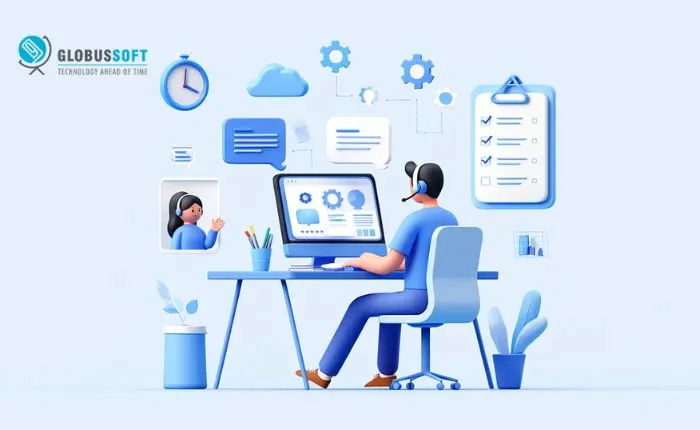
In today’s technology-driven world, businesses depend heavily on IT systems to run smoothly. From handling internal operations to serving customers, every process relies on efficient digital infrastructure. However, when technical issues arise — such as system crashes, network errors, or software glitches — they can slow productivity and frustrate both employees and customers.
That’s where IT help desk services come in. These services act as the first line of support, helping organizations resolve IT problems quickly and efficiently. A well-managed IT help desk not only keeps operations running seamlessly but also ensures a positive experience for users and customers alike.
By providing consistent technical assistance, tracking issues, and maintaining communication between teams, IT help desks play a vital role in improving efficiency and customer satisfaction. In this blog, we’ll explore what IT help desk services are, how they work, and why they are essential for modern businesses aiming to deliver reliable and responsive support.
What Are IT Help Desk Services?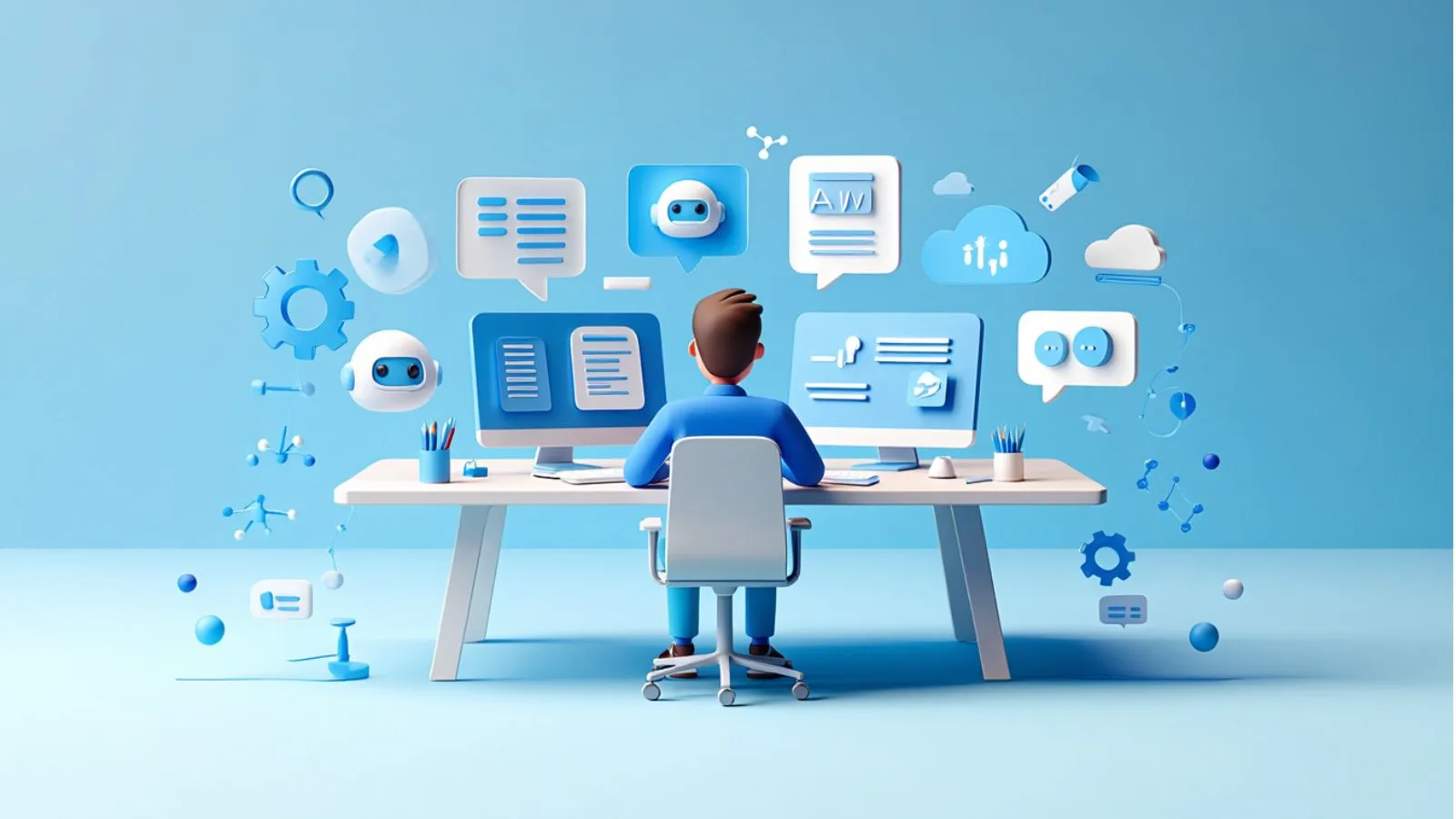
IT help desk services are centralized support systems designed to assist users with technical issues, software problems, and IT-related inquiries. They act as the backbone of an organization’s technical support framework, ensuring employees and customers get timely solutions to their problems.
These services typically handle a wide range of issues — from resetting passwords and fixing software bugs to resolving hardware malfunctions or network disruptions. In simple terms, an IT help desk serves as a bridge between users and the technical team, keeping communication smooth and operations uninterrupted.
The main goal of IT helpdesk support is not just to fix problems but to ensure long-term system stability and user satisfaction. By documenting incidents, tracking resolutions, and analyzing recurring issues, help desks also provide valuable insights into improving the overall IT environment.
Modern help desk solutions often come equipped with automation tools, ticketing systems, and AI-powered chatbots that streamline the process. This allows teams to respond faster, minimize downtime, and maintain a more organized approach to technical support — ultimately driving higher productivity and improved user experiences.
The Role of IT Help Desk Services in Business Operations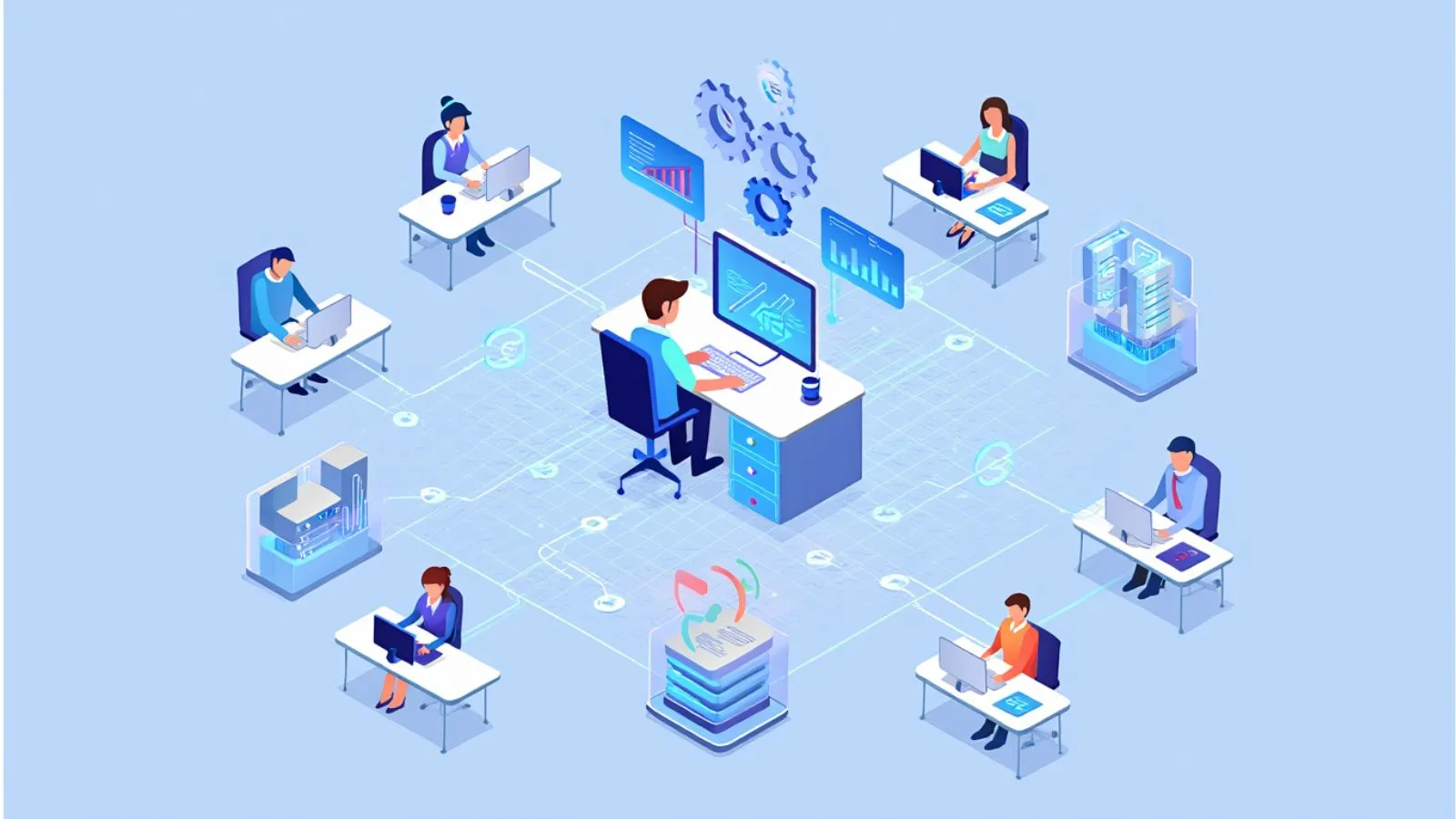
In any organization, smooth operations depend on reliable IT systems. When technical issues arise, even minor disruptions can lead to lost productivity, missed deadlines, and frustrated employees. This is where IT help desk services play a critical role.
An IT help desk acts as the central point for managing and resolving technical problems quickly. By providing timely support, help desks reduce downtime, ensuring that employees can focus on their core tasks without interruptions. They also track recurring issues, helping organizations identify weaknesses in their IT infrastructure and implement long-term solutions.
Key contributions of IT helpdesk support include:
- Proactive Monitoring: Identifying potential issues before they escalate.
- Quick Ticket Resolution: Managing requests efficiently using organized ticketing systems.
- Process Automation: Streamlining routine tasks, such as password resets or software updates.
- Improved Workflow: Allowing teams to operate without unnecessary delays caused by technical disruptions.
By integrating tech help desk services into daily operations, businesses can maintain consistent performance, minimize losses, and create a smoother work environment. This efficiency not only benefits internal teams but also positively impacts customer experiences, as services and products are delivered without unnecessary delays.
How IT Help Desk Services Enhance Customer Satisfaction?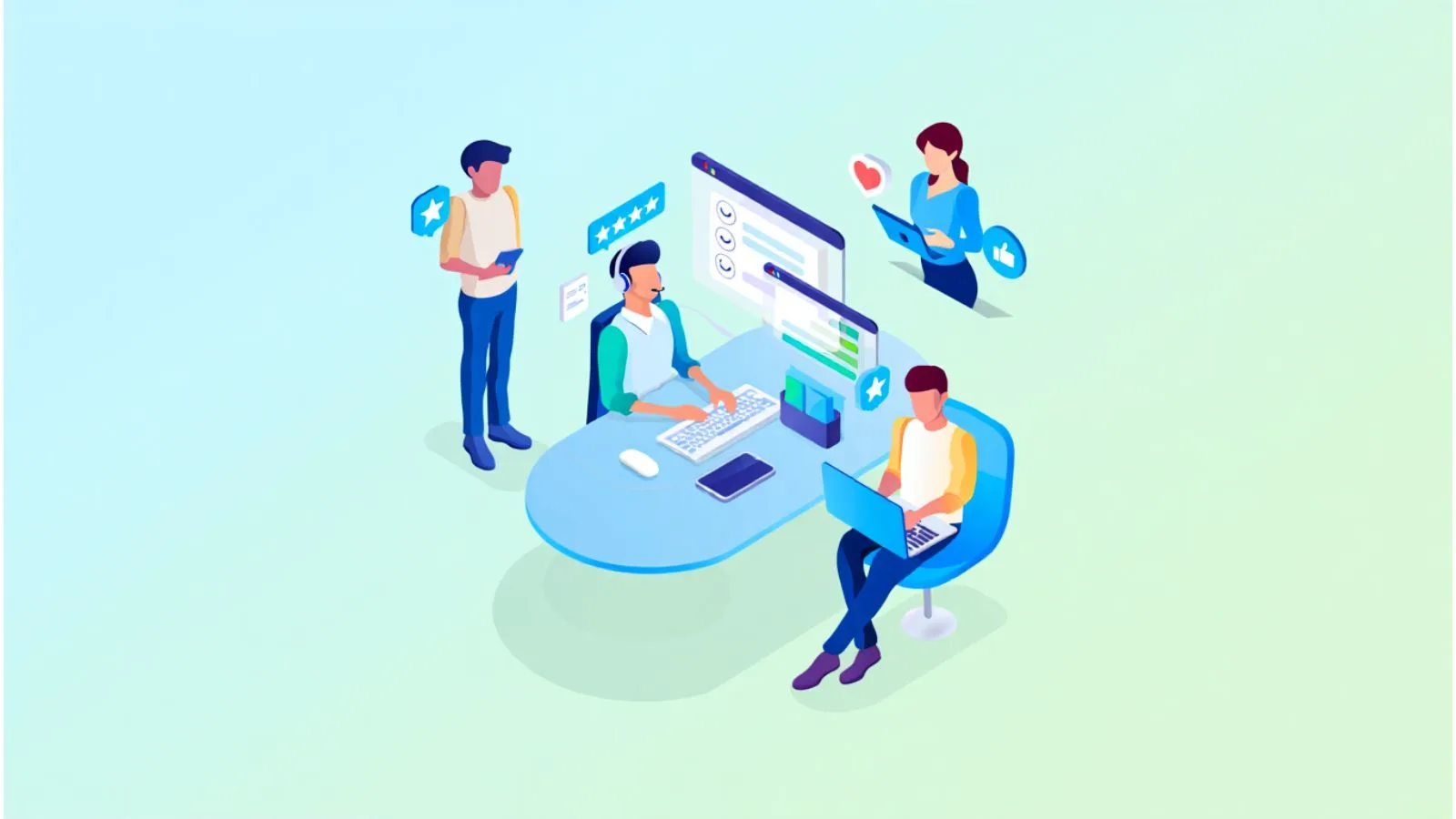
Customer satisfaction is a key factor in business success, and IT help desk services play a vital role in maintaining it. When technical issues arise, quick and effective support ensures that customers have a smooth and positive experience with your products or services.
A well-structured IT helpdesk provides timely responses, resolves issues efficiently, and keeps users informed throughout the process. This not only reduces frustration but also builds trust and confidence in your brand.
Key ways IT help desk services improve customer satisfaction include:
- Faster Response Times: Customers receive assistance quickly, minimizing downtime and disruptions.
- Personalized Support: Tailored solutions make users feel valued and understood.
- Consistent Communication: Regular updates on issue status create transparency and reliability.
- Proactive Problem Solving: Identifying potential problems before they impact users ensures a smoother experience.
By combining technical expertise with effective communication, IT help desks turn challenges into opportunities for strengthening customer relationships. A reliable tech help desk ensures that clients and employees alike can focus on their goals without being hindered by technical obstacles, ultimately enhancing satisfaction and loyalty.
Key Features of Modern IT Help Desk Services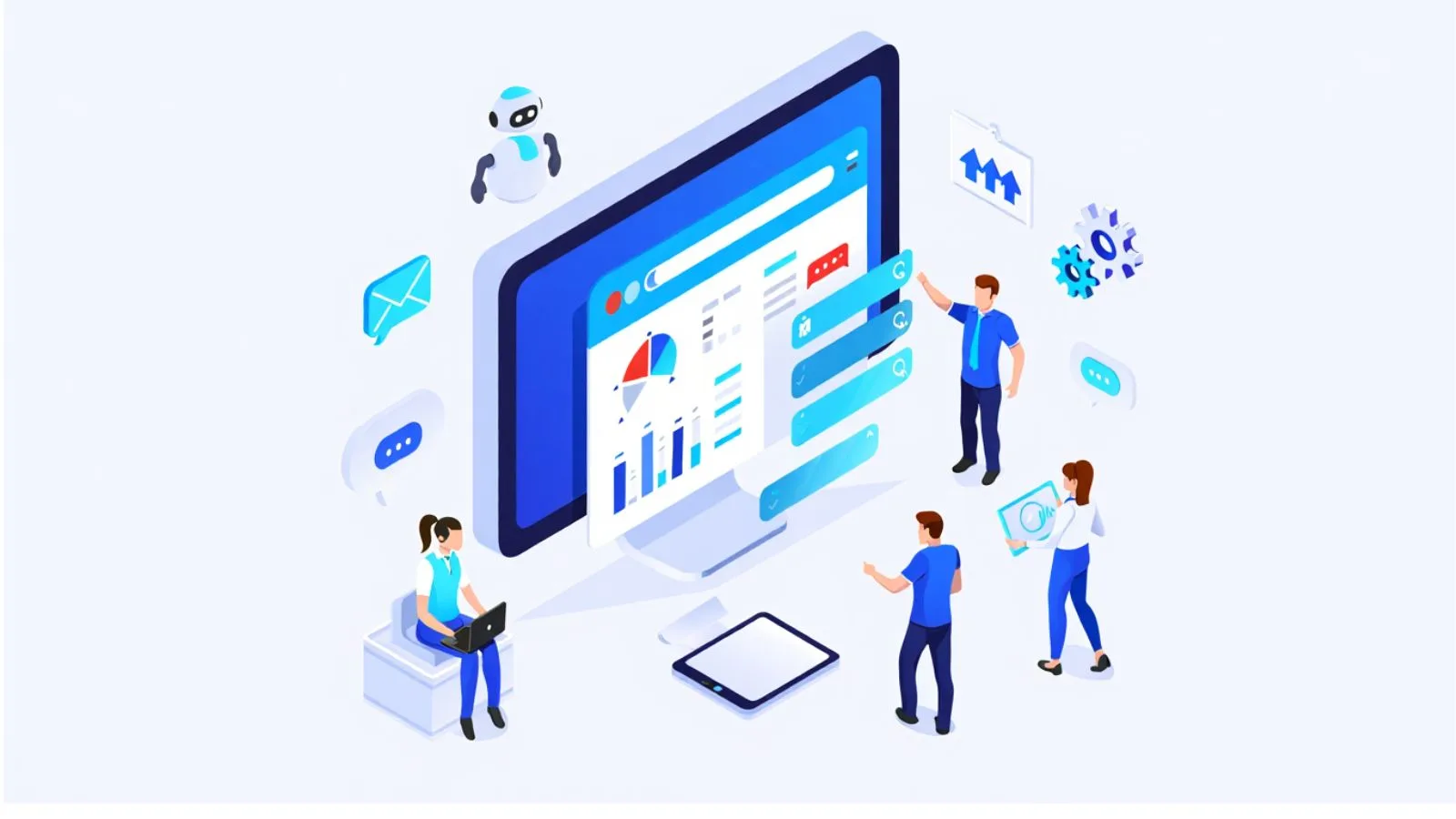
Modern IT help desk services go beyond just resolving technical issues—they provide comprehensive solutions that improve efficiency and streamline support processes. Here are some of the essential features that make today’s help desks effective:
- Multi-Channel Support: Users can reach out via email, phone, chat, or ticketing systems, ensuring convenience and accessibility.
- Automation and AI: Automated ticket routing, AI tools like chatbot, and predictive issue detection speed up resolution times and reduce manual workload.
- Self-Service Portals: Knowledge bases and FAQs empower users to find solutions on their own, reducing repetitive requests and saving time.
- Performance Analytics and Reporting: Help desks track key metrics such as response time, ticket resolution rates, and customer satisfaction to continuously improve support quality.
- Remote monitoring and Management: IT teams can troubleshoot and resolve issues from anywhere, ensuring minimal disruption to operations.
These features collectively make help desk solutions a critical part of any organization’s IT strategy. By leveraging modern tools, businesses can provide faster, more reliable support while maintaining high levels of productivity and customer satisfaction.
Benefits of Implementing IT Help Desk Services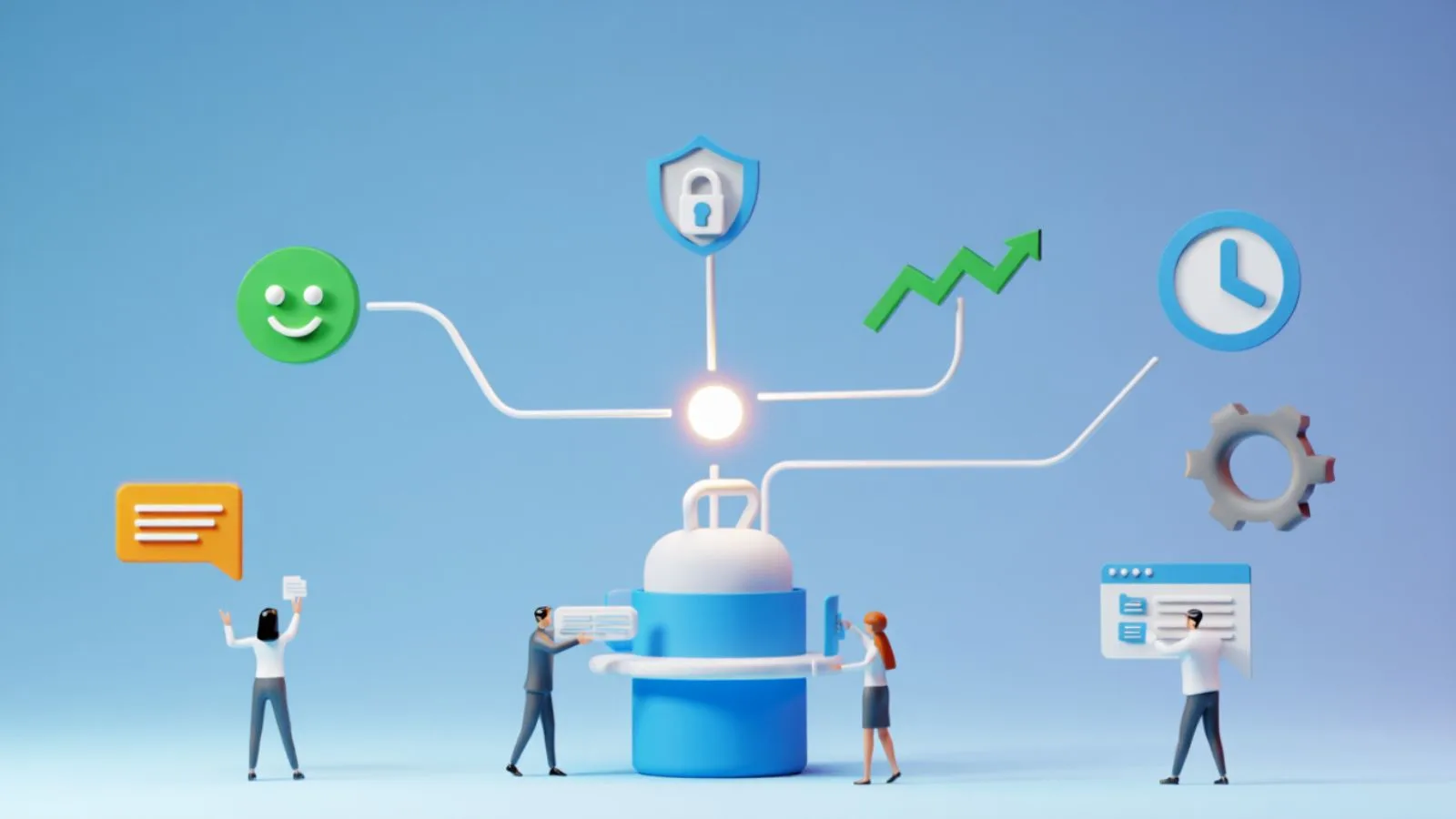
Implementing IT help desk services can transform the way a business operates, improving both internal efficiency and customer satisfaction. Here are the key benefits:
- Improved Operational Efficiency: Quick resolution of technical issues keeps employees productive and minimizes workflow disruptions.
- Enhanced Customer Satisfaction: Timely, personalized support ensures clients have a positive experience, boosting loyalty and trust.
- Cost Reduction: By automating routine tasks and reducing downtime, organizations can save on labor and operational costs.
- Better Resource Utilization: IT teams can focus on strategic projects instead of spending excessive time on repetitive troubleshooting.
- Stronger Data Security and Compliance: Help desks ensure systems are monitored and maintained, reducing the risk of security breaches.
- Effective Communication Across Teams: Centralized ticketing and reporting allow all departments to stay informed and aligned on technical issues.
By addressing both technical and operational challenges, IT helpdesk support not only improves efficiency but also creates a more reliable and satisfying experience for employees and customers alike.
Also read,
Common Challenges in IT Help Desk Management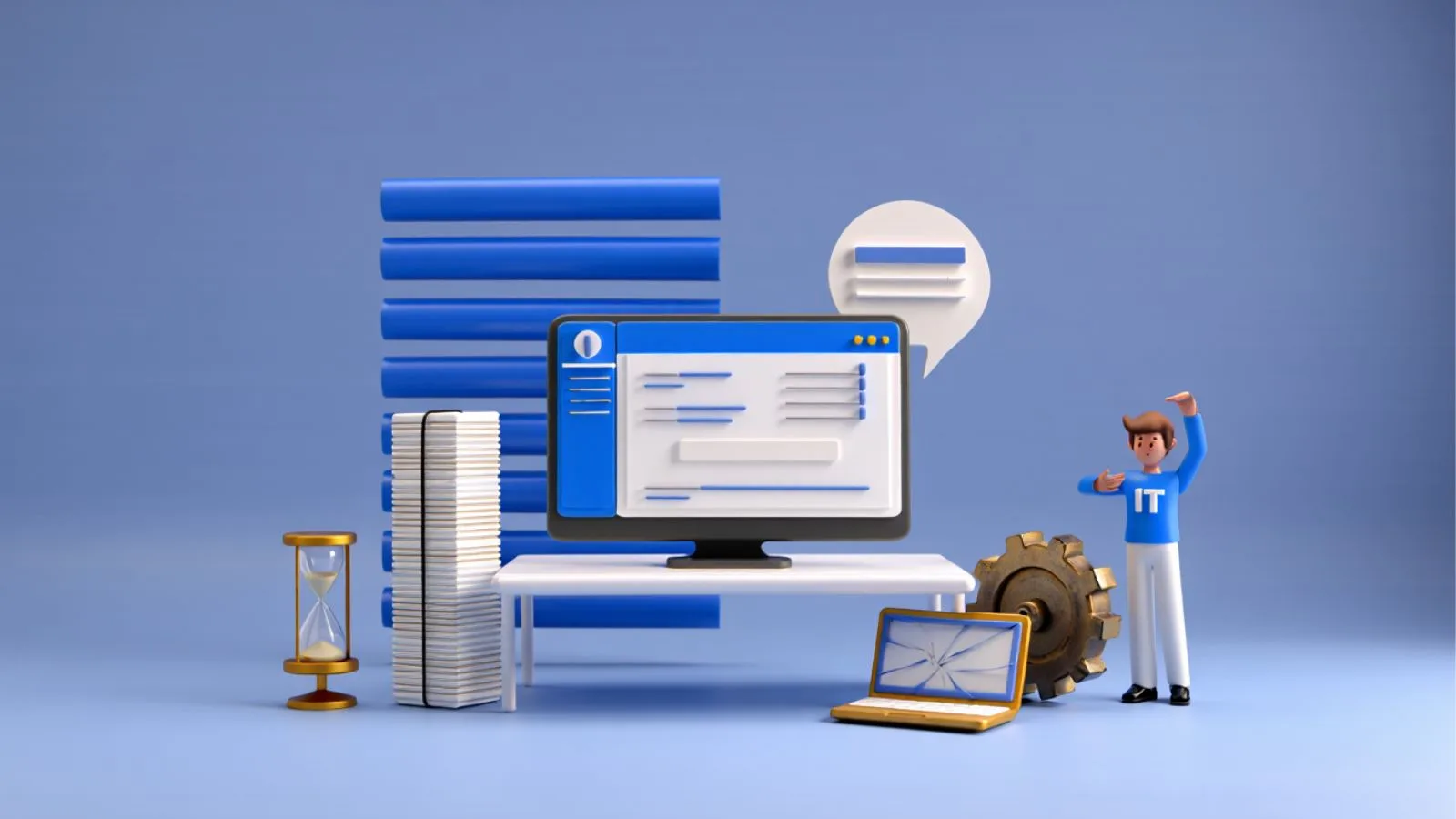
While IT help desk services offer immense benefits, managing them effectively comes with certain challenges. Understanding these obstacles can help businesses optimize their support systems and deliver better results.
- High Ticket Volumes:
Large organizations often face a surge of support requests, which can overwhelm IT teams if not managed efficiently. - Response Delays:
Slow response times can frustrate users and negatively impact customer satisfaction, especially when urgent issues arise. - Outdated Tools and Processes:
Relying on manual systems or legacy tools reduces efficiency and limits the ability to automate repetitive tasks. - Lack of Skilled Staff:
IT help desks require trained professionals who can troubleshoot complex problems quickly. Insufficient training can lead to repeated mistakes and lower productivity. - Maintaining Consistency:
Ensuring that all users receive consistent, high-quality support can be difficult, particularly in large or remote teams.
Modern help desk solutions address many of these challenges through automation, AI-assisted ticketing, and analytics. By leveraging advanced tools, organizations can overcome obstacles, reduce downtime, and maintain high levels of employee and customer satisfaction.
Revolutionizing IT Support with GlobusChat
While traditional IT systems focus on tickets and slow email responses, GlobusChat redefines IT support with real-time, intelligent communication. It enables instant conversations between teams and users, allowing faster issue resolution and smoother collaboration.
Powered by AI, GlobusChat automates repetitive responses, identifies common problems, and integrates seamlessly with existing IT systems. This not only boosts efficiency but also ensures every interaction feels personal and responsive.
By combining smart automation with human-like communication, GlobusChat helps businesses deliver faster, smarter, and more engaging IT support, transforming the overall help desk experience.
Also Read,
How Can Social Media Automation Boost Your Content Strategy?
Best Practices for Effective IT Help Desk Management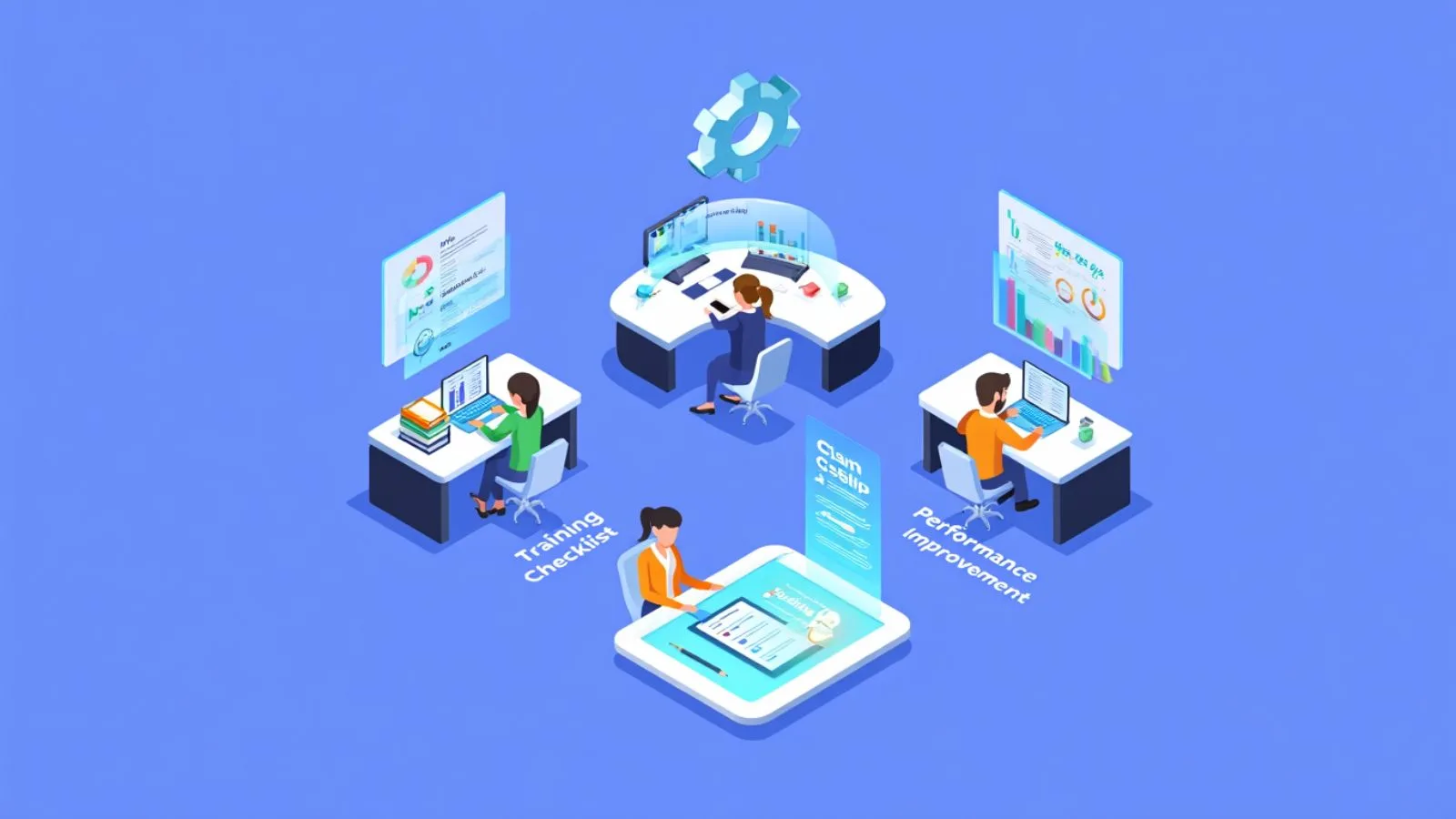
To get the most out of IT help desk services, businesses should adopt best practices that enhance efficiency, reduce downtime, and improve customer satisfaction.
- Train Your Team Regularly:
Ensure IT staff are up-to-date with the latest technologies, troubleshooting methods, and communication skills. Continuous training improves problem-solving speed and accuracy. - Use Automation Wisely:
Automate repetitive tasks such as ticket routing, password resets, and system updates. This reduces manual work and allows the team to focus on complex issues. - Implement Clear Escalation Procedures:
Define when and how issues should be escalated to senior staff. This ensures critical problems are resolved quickly without confusion. - Maintain a Knowledge Base:
Create a centralized repository of solutions for common issues. A self-service portal empowers users to resolve minor problems independently, reducing ticket volume. - Monitor Performance Metrics:
Track key performance indicators (KPIs) like response time, resolution time, and customer satisfaction scores. Use these insights to improve processes continuously. - Encourage Feedback:
Collect feedback from employees and customers to identify areas for improvement. Feedback helps refine support processes and enhance overall service quality.
By following these practices, organizations can ensure their it helpdesk support is efficient, proactive, and aligned with both business goals and user expectations.
The Future of IT Help Desk Services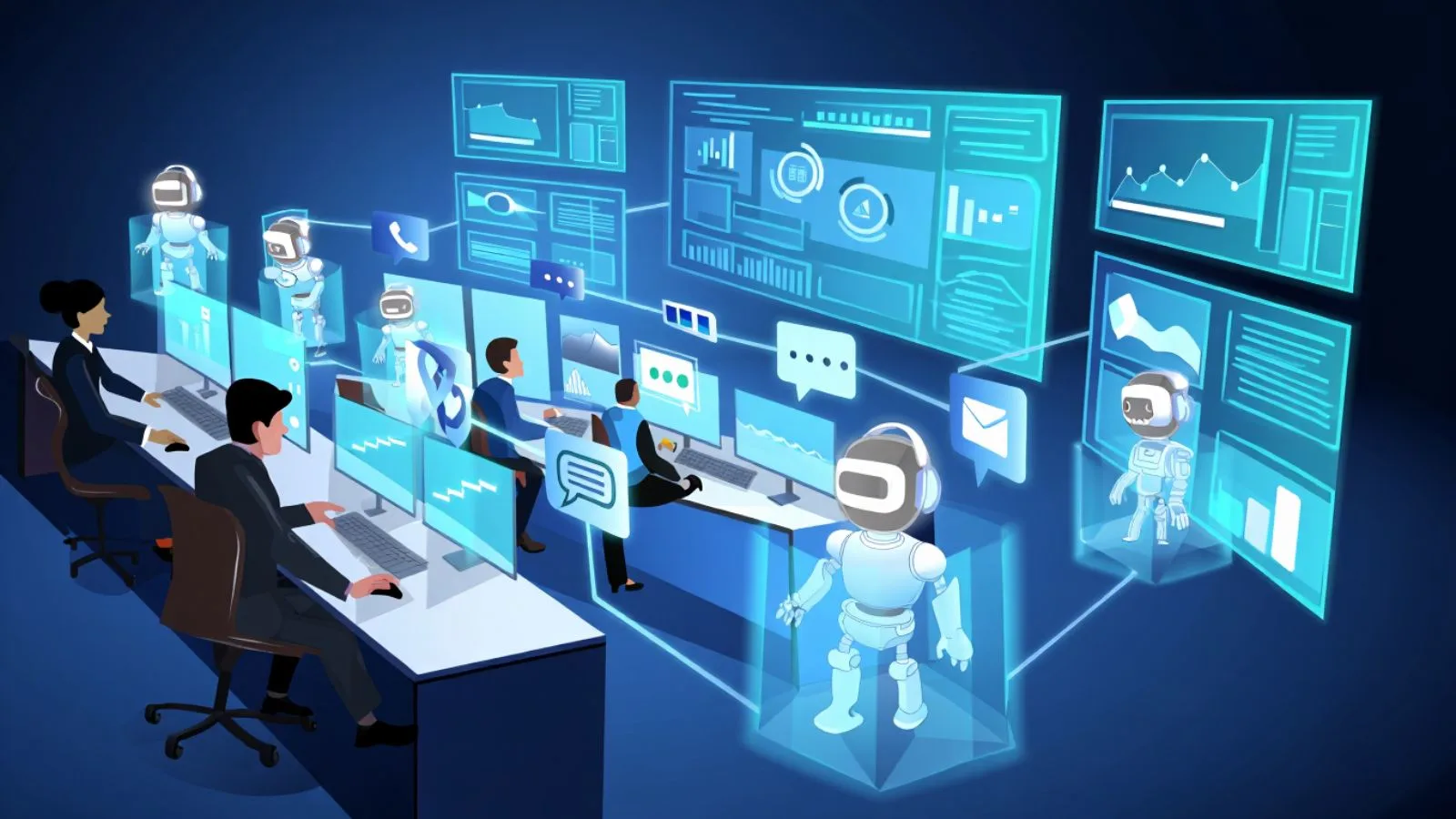
The landscape of IT help desk services is evolving rapidly, driven by advancements in technology and increasing user expectations. Businesses that adopt modern practices will stay ahead in efficiency and customer satisfaction.
- AI-Driven Support:
Artificial intelligence is transforming help desks with chatbots, predictive ticketing, and automated troubleshooting, enabling faster resolutions and 24/7 support. - Omnichannel Support:
Future IT help desks will integrate multiple communication channels — email, chat, social media, and phone — providing a seamless experience for users. - Proactive Problem Solving:
Predictive analytics will allow IT teams to anticipate issues before they disrupt operations, reducing downtime and improving reliability. - Enhanced Data Insights:
Advanced reporting and analytics will help organizations identify recurring problems, optimize resources, and make data-driven improvements in service delivery. - Remote and Hybrid Support:
As remote work becomes more common, IT help desks will offer robust tools for remote monitoring, troubleshooting, and employee support, ensuring consistent service anywhere.
By embracing these innovations, businesses can transform their IT helpdesk into a proactive, intelligent, and customer-focused support system that drives operational efficiency and satisfaction in the long term.
Conclusion
IT help desk services have become a cornerstone of modern business operations. By providing timely technical support, streamlining issue resolution, and ensuring smooth communication between users and IT teams, these services enhance both efficiency and customer satisfaction.
Organizations that implement structured IT helpdesk solutions, especially with tools like GlobusSoft, benefit from automation, proactive monitoring, and detailed analytics. These features not only reduce downtime and improve productivity but also strengthen trust and loyalty among customers and employees.
Investing in reliable IT help desk services allows businesses to focus on growth, innovation, and delivering exceptional experiences. By combining skilled IT teams, modern tools, and best practices, companies can create a support system that is efficient, responsive, and future-ready.
FAQs
- What are IT help desk services?
IT help desk services provide technical support and assistance to users, helping resolve software, hardware, and network issues efficiently. - How do IT help desk services improve customer satisfaction?
By offering timely solutions, personalized support, and consistent communication, IT help desks ensure customers have a smooth and positive experience. - What features should I look for in a modern IT help desk?
Look for multi-channel support, automation, self-service portals, real-time monitoring, and analytics for better issue management and productivity. - How does GlobusSoft enhance IT help desk services?
GlobusSoft provides automation, remote monitoring, analytics, and workflow optimization, helping teams resolve issues faster and deliver superior support.


